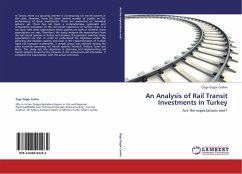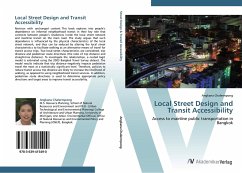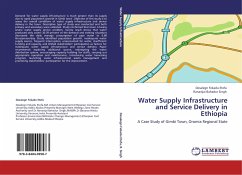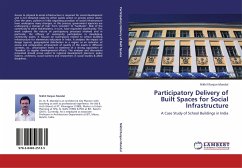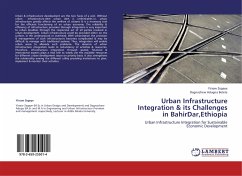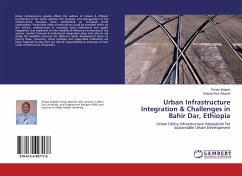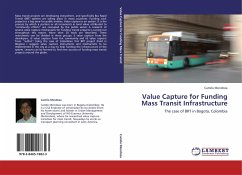
Value Capture for Funding Mass Transit Infrastructure
The case of BRT in Bogota, Colombia
Versandkostenfrei!
Versandfertig in 6-10 Tagen
32,99 €
inkl. MwSt.

PAYBACK Punkte
16 °P sammeln!
Mass transit projects are developing everywhere, and specifically Bus Rapid Transit (BRT) systems are taking place in many countries. Funding such projects is a big issue for public entities. Value capture is an option. It is the process by which a portion or all increments in land value attributed to community efforts are recouped by the public sector. A research of several value capture mechanisms for funding transit projects is carried out throughout this report. More than 20 tools are described. These instruments can be divided in three groups: i) value capture from the developers, ii) val...
Mass transit projects are developing everywhere, and specifically Bus Rapid Transit (BRT) systems are taking place in many countries. Funding such projects is a big issue for public entities. Value capture is an option. It is the process by which a portion or all increments in land value attributed to community efforts are recouped by the public sector. A research of several value capture mechanisms for funding transit projects is carried out throughout this report. More than 20 tools are described. These instruments can be divided in three groups: i) value capture from the developers, ii) value capture from the community and iii) value capture from within . Using the case of Colombian first BRT project (held in Bogota) I suggest value capture instruments and mechanisms to be implemented in the city as a way to help funding the infrastructure of the system. Lessons can be learned to find new sources of funding mass transit projects around the globe.





